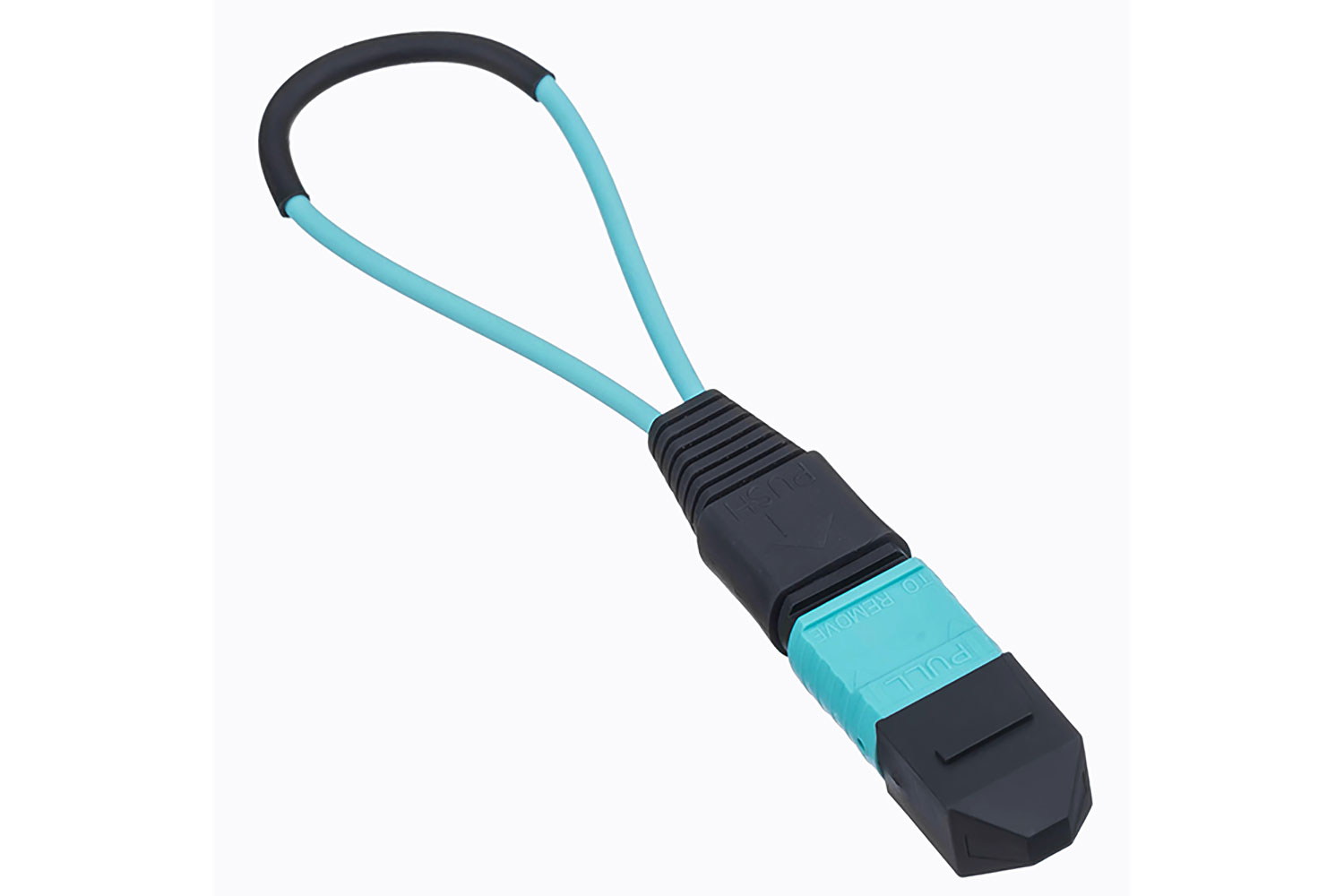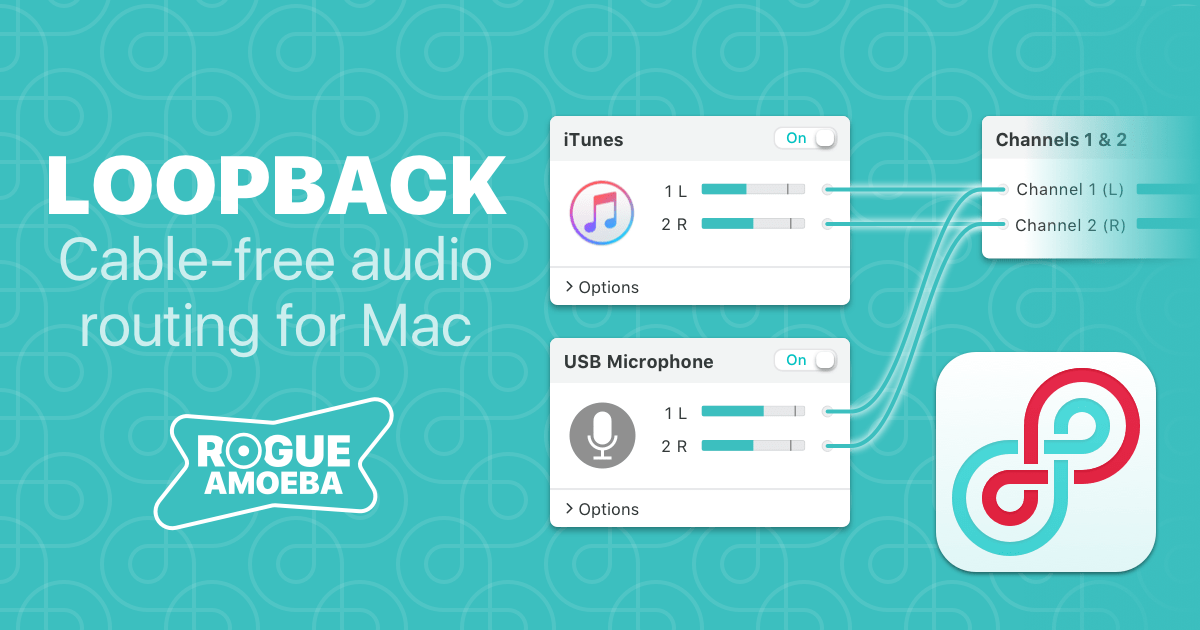
- Loop back device how to#
- Loop back device driver#
- Loop back device iso#
- Loop back device free#
- Loop back device windows#
To unmount the filesystem and delete the loop device, run the following commands. Last mount time: Sun Mar 19 09:00:52 2023 In loopback mode, a client of WASAPI can capture the audio stream that is being played by a rendering endpoint device. Create a large regular file on disk that will be used to create the loop device.įilesystem UUID: b1b13d6e-c544-45dd-a549-5846371fbde6įilesystem features: has_journal ext_attr resize_inode dir_index filetype needs_recovery extent 64bit flex_bg sparse_super large_file huge_file dir_nlink extra_isize metadata_csumįilesystem created: Sun Mar 19 08:56:47 2023
Loop back device iso#
The contents of ISO images can be easily browsed by mounting the ISO image as a loop device. Uses of Loop DeviceĪs described above, one of the uses is creating a file system with a regular file when no disk partition is available.Īnother common use of a loop device is with ISO images of installable operating systems.

Loop back device windows#
You can do this via the Windows Sounds dialog (right click the speaker in the taskbar, click Sounds, go to the Playback tab). Once installed, simply set CABLE input as your default output device. The file system can be mounted, and its contents can be accessed using normal file system APIs. VB audio cable gives you two new audio devices: CABLE output, a recording device and CABLE input, an playback device. This loop device can then be used to create a new file system. They appear in the mount point directory using following Linux commands. Mounting a file containing a filesystem via such a loop mount makes the files within that filesystem accessible. Loop devices are often used for CD ISO images and floppy disc images. The device node listing for the new pseudo-device can be seen under/dev. A loop device is a pseudo-device that makes a file accessible as a block device. In such a case, you can create a regular file on the disk and create a loop device using this file.
Loop back device free#
Say you want to create a Linux file system but do not have a free disk partition available. A loop device is a virtual or pseudo-device which enables a regular file to be accessed as a block device. In Linux and other UNIX-like systems, it is possible to use a regular file as a block device.

This can be done via a loop mount in Linux.
Loop back device how to#
The conversion can be done for you by the shell, for example.If you have ever downloaded a new Linux distribution ISO image, you may have wondered how to access the contents inside the image prior to repartitioning your disk and installing the operating system onto your local disk. The data here are in blocks of 512 bytes. Loop devices are sometimes incorrectly called loopback devices, but. You can determine the size and location of the partitions with sfdisk (in this example the image of a USB stick with only one partition): sfdisk -d /tmp/image The management user interface for loop devices is losetup, part of the util-linux package. If you place this area exactly on the boundaries of a partition, you can mount it. If you had a hardware loopback in the device, then you could do it on iOS and iOS wouldn't know it was happening.
Loop back device driver#
So, they can't enable the feature until Apple lets them put an audio driver on iOS. If you run it as pure USB class compliant on macOS, then the loopback won't work there either. The default is lo thus each fd entry named on the command line will appear as /dev/lo0, /. On the M4, the loopback is in the driver. When mounting, you can use the offset= and sizelimit= options to limit the range in the image file when mounting using loopback. The name by which the loopback pseudo block devices are registered. However the /dev/loop? devices do not recognise partitions. So you can use losetup -d /dev/loop0 to delete a file associated with a loop on dev/loop0 ( 'losetup -d' is just usable as admin., so you need to type sudo losetup -d or wath the most LinuxGurus not fink fin, u have a so-terminal static open). Linux can use /dev/loop? to turn an image file into a block device which can then be mounted. If only the loopdev argument is given, the status of the corresponding loop device is shown.


You want to mount one of the partitions from the image file. My M-Audio Delta-66 has a Monitor path which combines the audio from the inputs and from Reaper and makes them available as an input to Reaper. You have created an image of a hard disk. To avoid the audio feedback loop, make sure that you disable the Master/Parent Send on the track getting the looped-back audio.


 0 kommentar(er)
0 kommentar(er)
